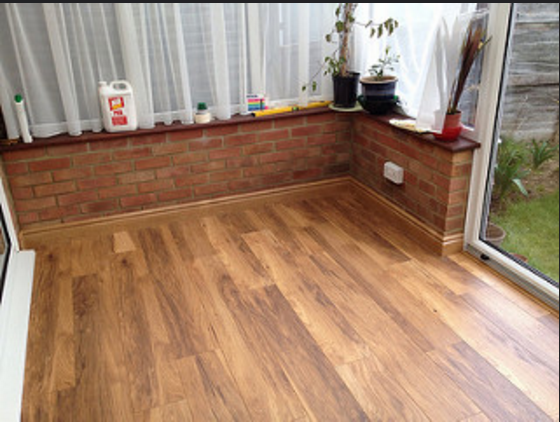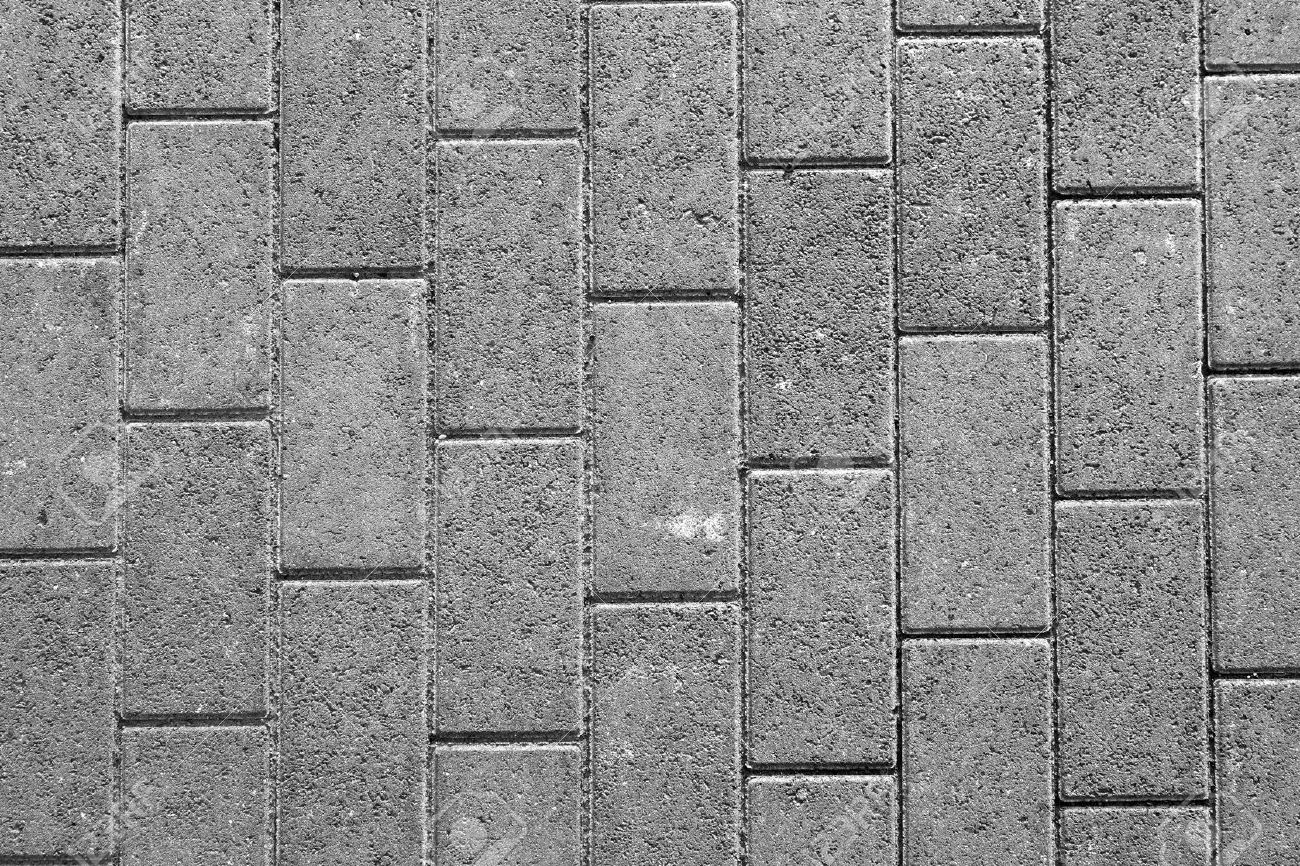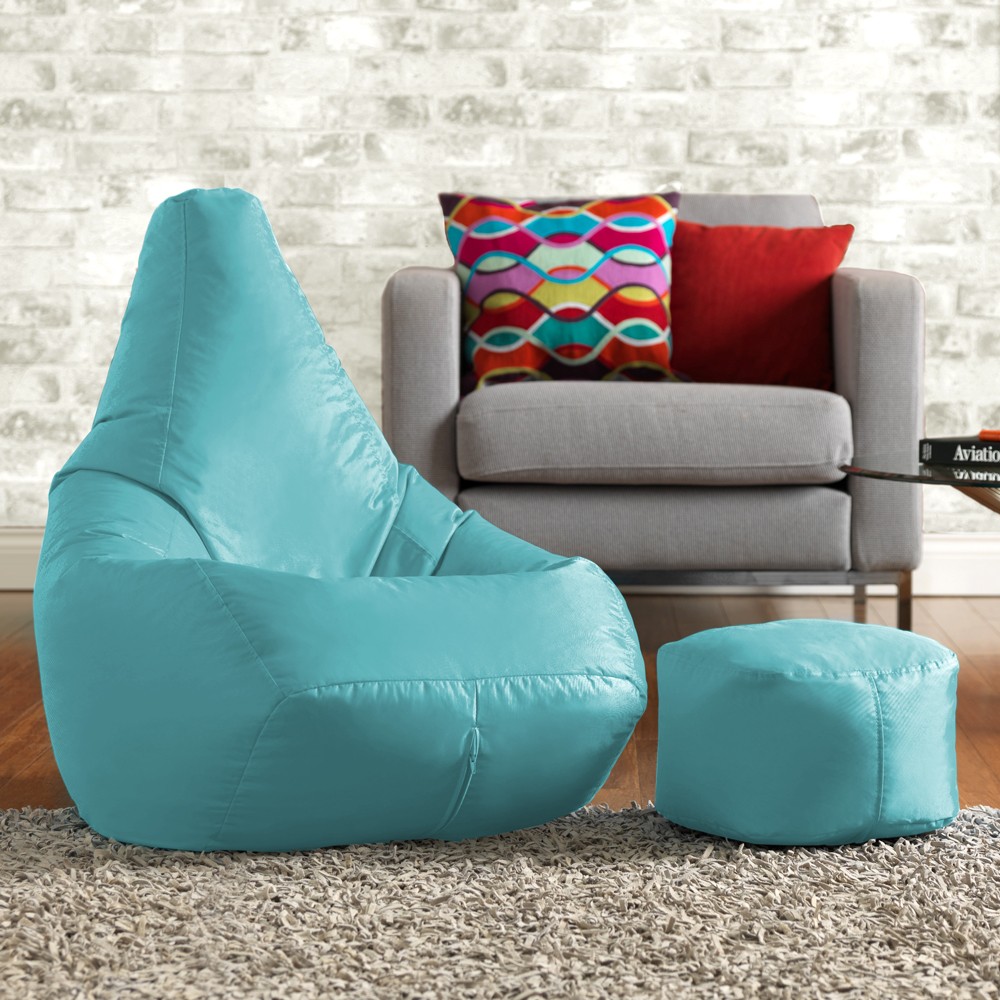When it comes to flooring solutions, it’s true that hardwood, vinyl and ceramic flooring is ‘safer’ against spills and general wear and tear than carpet. But between pets, kids and furniture these floors can also take a battering and you may find yourself dealing with unsightly scratches.
With a report in The Sun indicating that the average Briton well spend over 18k renovating their home (including installing flooring and carpets), this is not something that you would want to replace often. Luckily, there are a number of simple ways that you can treat and prevent scratching on your flooring using a range of inexpensive, household items. Here’s how you can eradicate scratches on some of the most common flooring types.
Ceramic
Toothpaste is not something you’d usually associate with DIY but in this case it can work miracles when it comes to disguising scratches. First use white vinegar to clean the area surrounding a scratch on ceramic or porcelain tiled flooring. Then use a small amount of toothpaste as a filling agent. Lightly sand the area and seal it with a urethane based coating to give your tiles that freshly laid look.
Cork
Cork is a flooring option that is growing in popularity due to it’s sustainability and green living appeal. If you notice scratches in your cork flooring you can fill them with a colour matching wood filler and once dry, sand the area and gloss over it with wood stain using an old cloth or rag.

Vinyl
Rectifying scratches in vinyl flooring such as that provided by ukflooringdirect.co.uk needs to be carried out in a well ventilated space, due to the nature of the products being used. Begin by cleaning the area with lacquer thinner then seal off the area surrounding the scratch with masking tape. Use liquid seam sealer to fill the scratch and leave to dry before removing the tape.
Laminated Wood
We might teach our kids not to draw on the floor and walls, but in this case a simple wax crayon can really help. Use vinegar once again to clean the area around the scratch then apply the wax from a crayon or car wax in circular motions around the scratch using a lint free cloth. Leave it to settle for around ten minutes then buff away for brilliant results.






